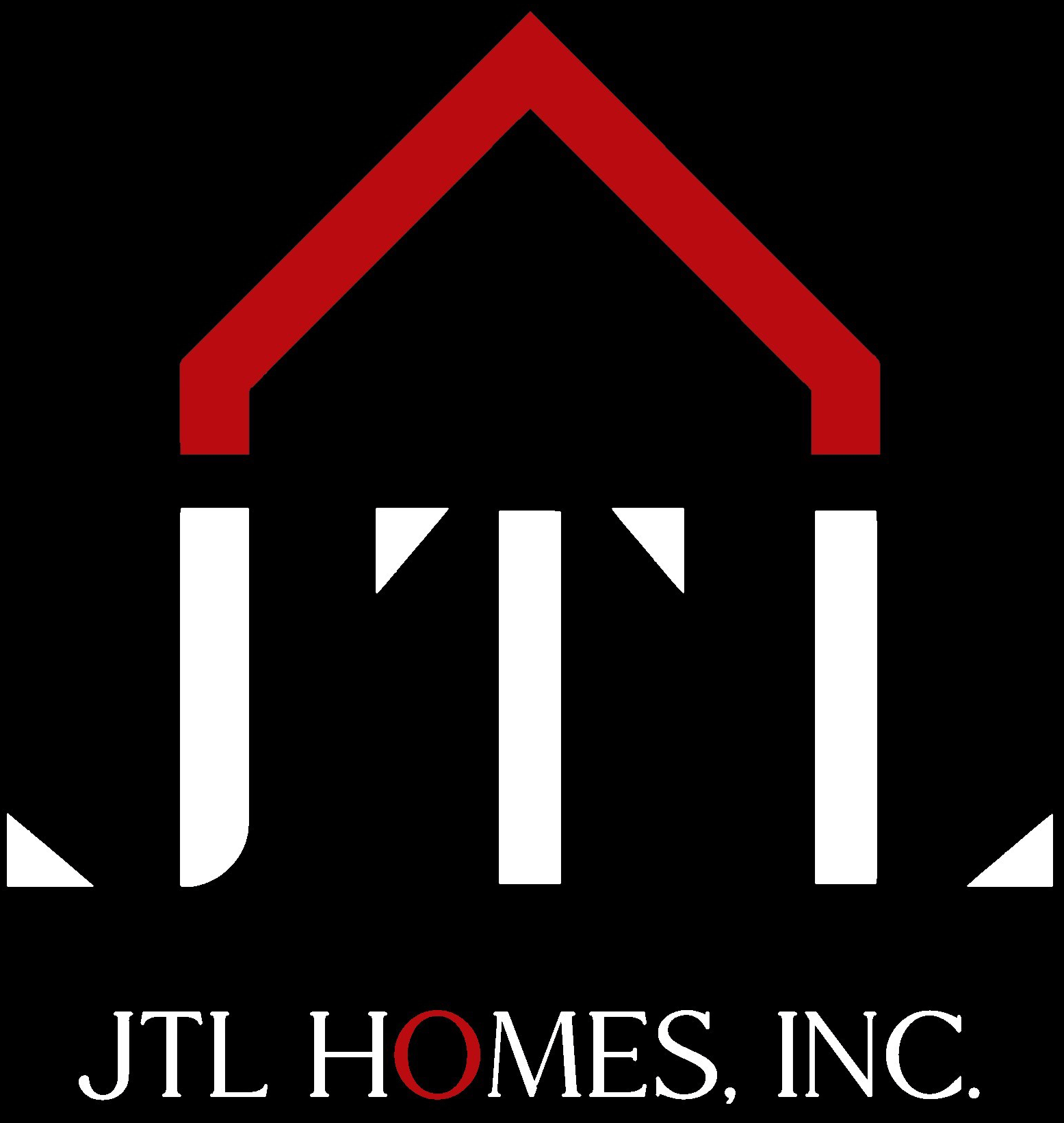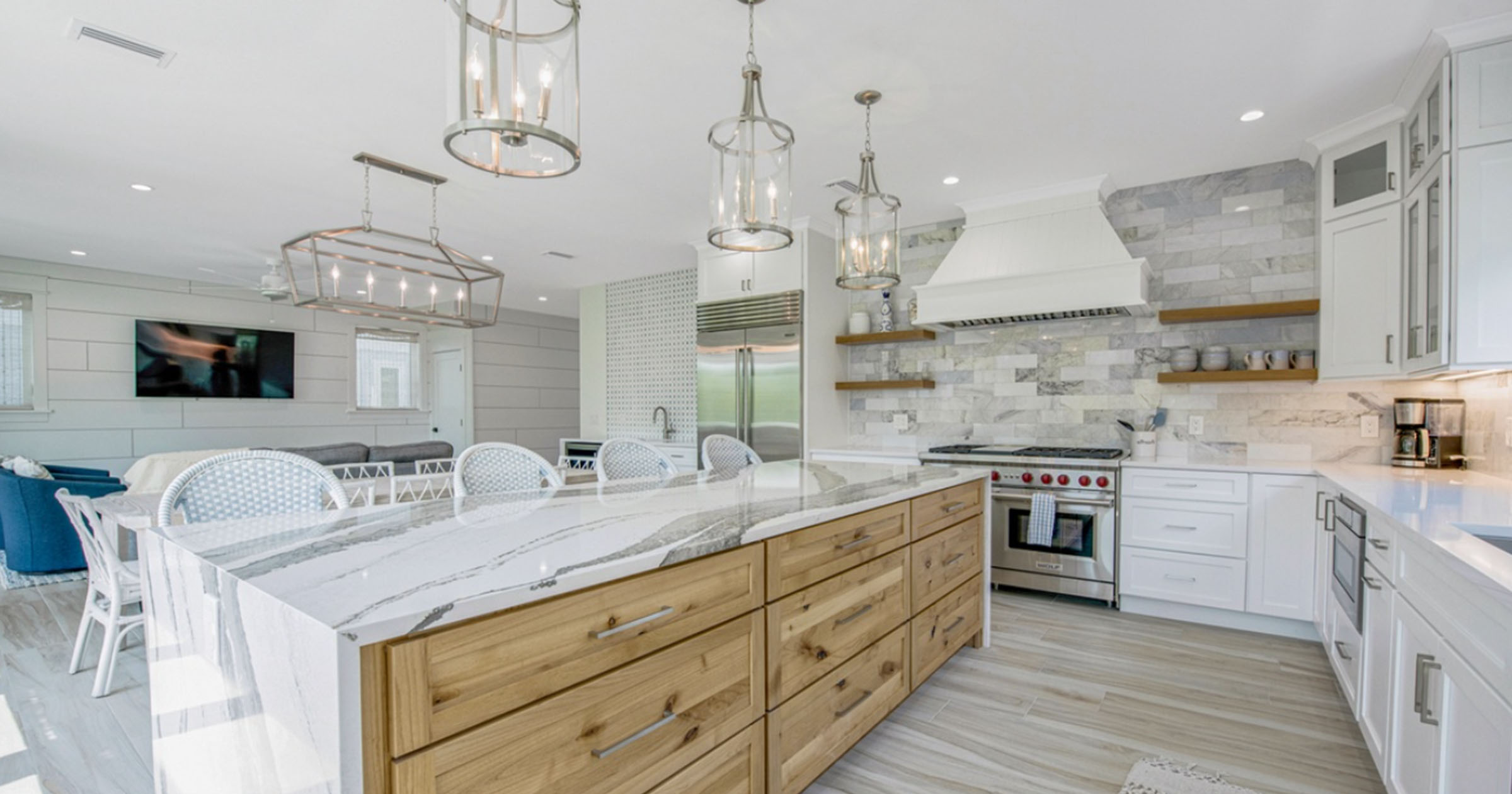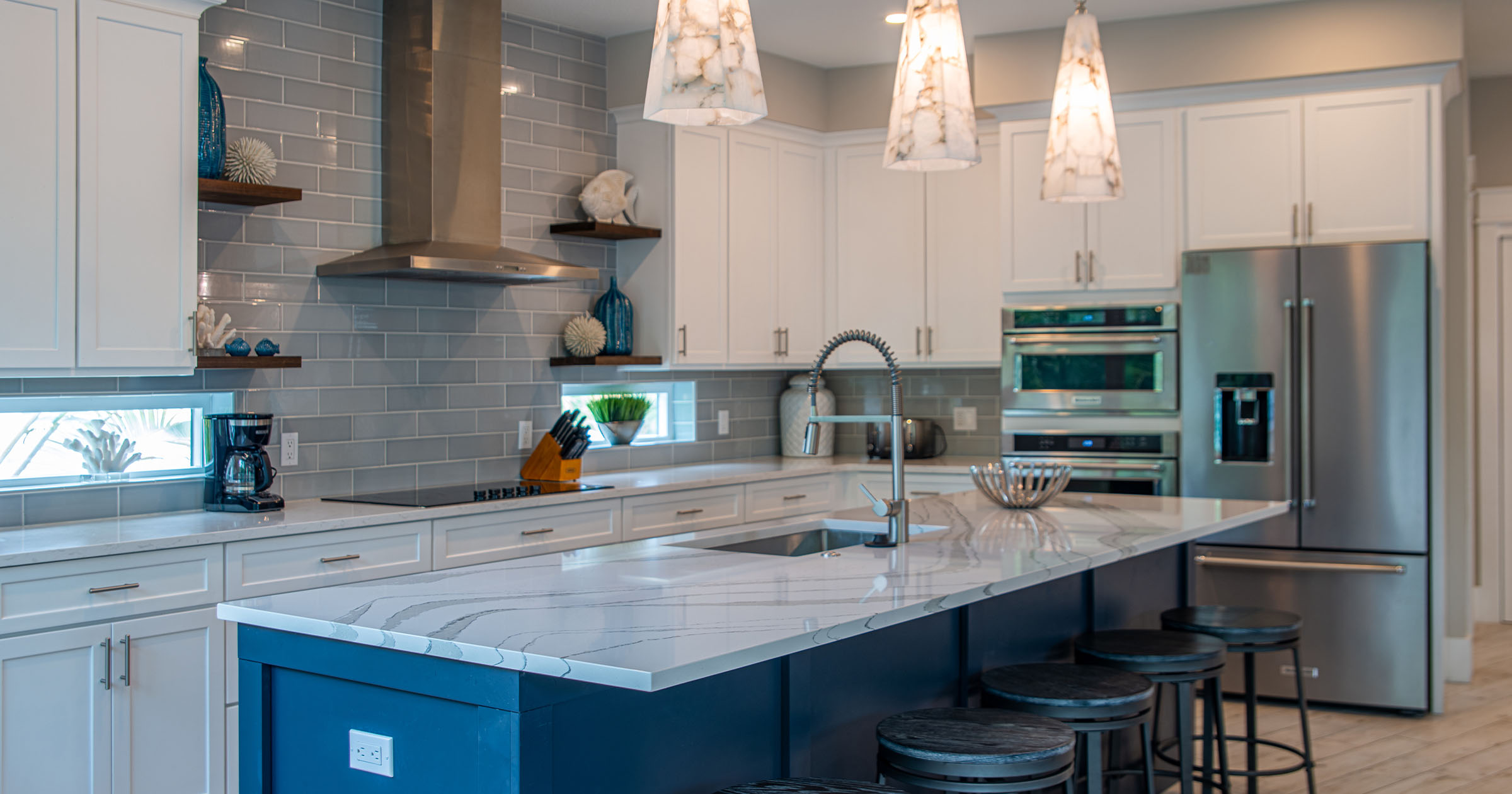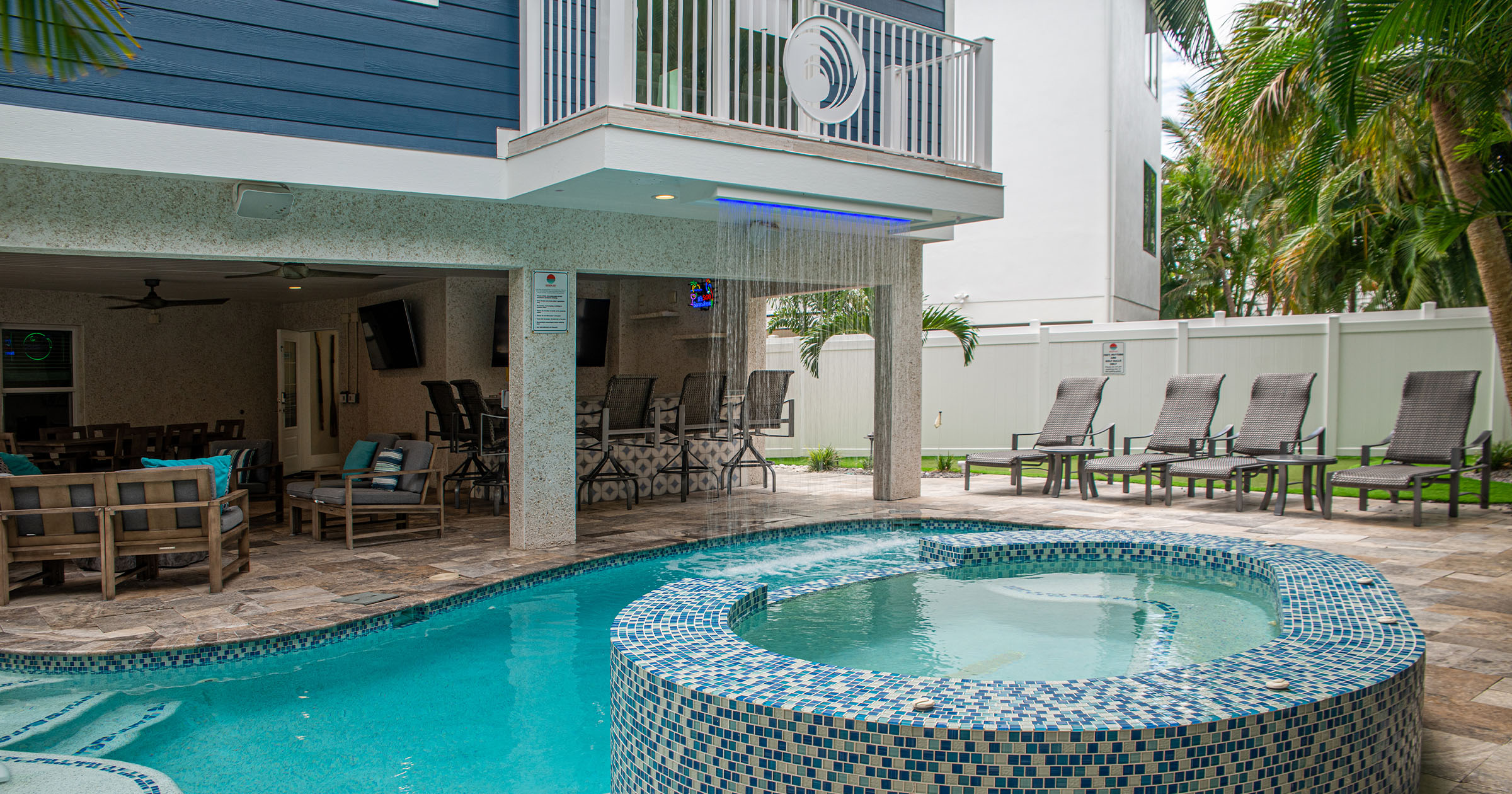
Wellness-focused design has evolved from a niche idea into a mainstream priority. High-net-worth homeowners now expect their residences to support healthy, balanced living. This means crafting environments that nurture physical health and mental well-being at every turn. From air-purifying HVAC systems to zen garden courtyards, a luxury home can double as a personal wellness retreat. Below, we explore how integrating health-centric features can transform your home into a sanctuary of wellness.
Home as a Wellness Retreat
Today’s luxury homes are designed to be private wellness retreats. Homeowners are installing spa-grade amenities once found only in resorts – infrared saunas, steam rooms, massage studios, and yoga/meditation spaces – right under their roofs. These features promote daily rejuvenation and stress relief. For instance, dedicated meditation rooms and infrared saunas have become common wellness upgrades in high-end homes, allowing residents to detox, meditate, or unwind without leaving home. Equally popular are spa-like master bathrooms with soaking tubs, rain showers, and even chromotherapy lighting, creating a restorative escape for mind and body. As an experienced architect, I often collaborate with clients to incorporate such retreat-like spaces, whether it’s a serene yoga pavilion by the pool or a quiet meditation alcove overlooking a garden. The goal is to make wellness an effortless part of daily life.
Healthy Indoor Environments
Beyond dedicated spa rooms, a truly health-focused home pays close attention to the everyday indoor environment. Affluent homeowners are investing in advanced systems for air and water purification, circadian lighting, and acoustics. Clean air and water are fundamental to wellness – so features like whole-house water filtration and medical-grade air purifiers are highly sought. Many clients request HVAC systems with HEPA filtration and UV sterilization, ensuring their indoor air is free of allergens and pathogens. Lighting design is another critical element. We now integrate human-centric lighting that adjusts color temperature throughout the day to support circadian rhythms (bright, cool light in the morning and warm, dim light in the evening) – this can improve sleep and overall well-being. Acoustic comfort is considered, too; sound-dampening construction creates quieter interiors that reduce stress. Moreover, material choices have expanded to include low-VOC paints, formaldehyde-free cabinetry, and toxin-free finishes, avoiding off-gassing and creating healthier air quality. The American Society of Interior Designers’ 2025 report confirms that homeowners are prioritizing “toxin-free materials and wellness-driven features like circadian-friendly lighting” to support their health. By proactively designing for clean air, pure water, soothing light, and calming acoustics, we ensure your luxury home promotes health around the clock.
Spaces for Fitness and Recovery
Physical wellness is just as important as relaxation in a luxury wellness home. Many high-end residences now boast dedicated home gyms, exercise studios, and recovery amenities that rival professional facilities. In Southwest Florida, where active lifestyles are common, I frequently design expansive home gyms equipped with smart cardio machines, weight systems, and space for Pilates or dance. Adjoining these gyms, we often include wellness-focused extras: a stretching area, a small cold plunge pool or sauna for muscle recovery, or even a massage treatment room. According to luxury real estate experts, private fitness amenities – from lap pools to sports courts – are increasingly expected in upscale homes. For example, one trend is the addition of indoor cold plunge pools as a refreshing alternative to hot tubs, following the rise of cryotherapy and contrast therapy for health. By integrating spaces for exercise and post-workout recovery, your home encourages an active routine and makes it convenient to prioritize fitness. The key is designing these areas with the same attention to detail as any luxury space: mirrored walls, natural light, quality sound systems, and perhaps a view of nature to energize and inspire.
Mindful Design for Mental Well-Being
Designing for wellness also means creating an atmosphere that reduces stress and uplifts the spirit. Biophilic design – the integration of natural elements like plants, water, and views of greenery – has proven benefits for mental health. Simply bringing in more daylight and verdant vistas can lower stress levels and improve mood. We often incorporate floor-to-ceiling windows or even indoor gardens to connect occupants with nature. A tranquil courtyard with a fountain, an atrium filled with tropical plants, or a living green wall in the bathroom can all impart a sense of calm. Neuroarchitecture, an emerging field, guides some of these choices – using principles from neuroscience to create spaces that foster mental clarity and emotional comfort. For example, a soothing neutral color palette, soft natural textures, and open, uncluttered layouts can subtly improve mood and cognitive function. Clients also request “quiet zones” in their homes – perhaps a small library or a lakeside deck – intended for digital detox, meditation, or reflection. As an architect, I ensure these mindful spaces are strategically placed (often on the quieter, scenic side of a property) to encourage regular use. By thoughtfully weaving in opportunities for mindfulness and stress reduction, we design homes that not only look beautiful but also feel nurturing to live in.
Holistic Wellness by Design
A truly wellness-integrated luxury home requires a holistic design approach. Rather than tacking on a gym or spa at the end, we consider wellness goals from the earliest planning stages. This might mean orienting the floor plan to maximize morning sun in the gym or prevailing breezes on a meditation porch. It can include selecting site landscaping that promotes tranquility (like lush gardens for privacy or aromatic plants along pathways). Many homeowners are even pursuing formal wellness certifications for their residences. The WELL Building Standard, for example, is a holistic program that evaluates homes on criteria like air, water, light, fitness, comfort, and mind. While originally developed for commercial buildings, WELL now offers pilot certifications for high-end homes, reflecting this growing emphasis on health. The philosophy is that every aspect of the house – from the stairs (encouraging movement) to the pantry design (making healthy food accessible) – can contribute to wellness. As an architect deeply experienced in this realm, I collaborate with experts from nutritionists to lighting designers to imbue each project with evidence-based health features. The result is a custom home where luxury and wellness seamlessly intersect. Your daily environment becomes an ally in your health journey, whether you’re breathing purified air, awakening gently with simulated sunrise lighting, or unwinding in your private zen garden. By integrating health-focused features in thoughtful ways, your luxury home truly supports a healthier, happier life.



